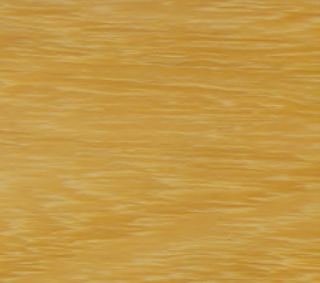IROKO
| Origin: | Africa |
| Other names: | Moreira, Lokotin, Abang, Kambala, Iroko, Mandji, Odoum, Simme, Semli, Mufula, Tule, Rokko, Bangui, Lusanga, Mokongo, Moloundou |
WOOD DESCRIPTION
| Color: | Yellow brown |
| Sapwood: | clearly demarcated |
| Texture: | coarse |
| Grain: | interlocked |
| Interlocked grain: | slight |
| Note: | Yellow brown to more or less brown with Golden glints. Ribbon like aspect on quartesawn, darker veins on slab. Possible presence of very hard white calcium carbonate deposits, sometimes surrounded by a darker colour. |
NATURAL DURABILITY AND TREATABILITY
| Funghi (according to E.N. standards): | class 1-2 – very durable to durable |
| Dry wood borers: | durable – sapwood demarcated (risk limited to sapwood) |
| Termites (according to E.N. standards): | class D – durable |
| Treatability (according to E.N. standards): | class 4 – not permeable |
| Use class ensured by natural durability: | class 3 – not in ground contact, outside |
| Species covering the use class 5: | No |
| Note: | This species is listed in the European standard NF EN 350-2. The heartwood does not cover the use class 4 required for end-uses in contact with permanent humidity (example: contact with ground). On the other hand, if the constructive system is well-drained, without water trap, this species can be used outside without any treatment. Heartwood is hardly permeable to preservative products. This species naturally covers the use class 5 (end-uses in marine environment or in brackish water) due to its high specific gravity and hardness. According to the European standard NF EN 335, performance length might be modified by the intensity of end-use exposition. |
